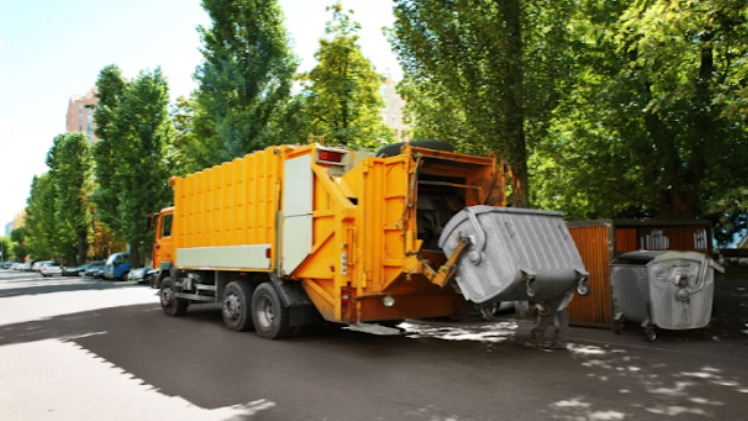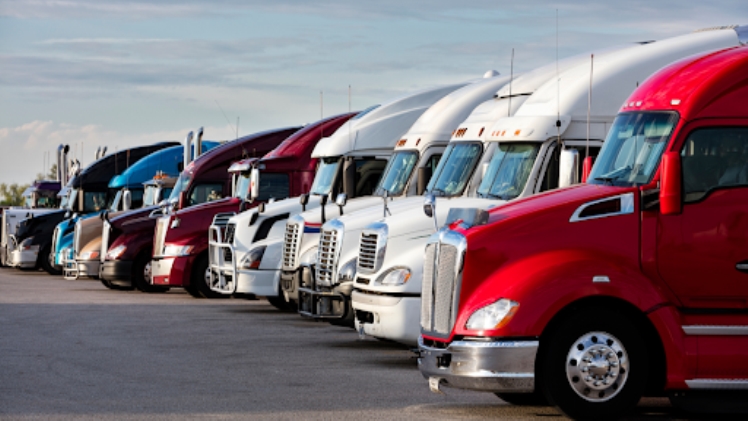The terms “interstate” and “intrastate” in the context of trucking can be misunderstood. Because of the differences between the two types of commercial transportation, it is critical to know how a truck accident and its legal ramifications differ. It may seem difficult, but understanding the fundamental distinction between interstate and intrastate trucking is actually not that difficult at all.
The basic difference is ;
Interstate trucking companies move goods across state and national borders. These trucking businesses must register with the Federal Secretary of Transportation and follow the rules and regulations of the Federal Motor Carrier Safety Administration (FMCSA).
Intrastate trucking operators transport cargo inside the state from where they originated. They adhere to the laws of their respective states.
Thousands of motor vehicle accidents occur yearly on the road, with serious consequences ranging from unpleasant repair charges to devastating personal injuries, property damage, and death. A Chicago Truck accident attorney can provide you or a loved one with a case examination to examine your legal possibilities following an accident. A professional lawyer have decades of experience negotiating final settlements, dealing with insurance companies, and pursuing all sorts of damages to get you the money you deserve.
Lets findout in detail about the major differences between interstate and intrastate trucking.
What exactly is interstate?
The term “interstate” refers to a network of freeways and highways that cross state boundaries. According to the Department of Motor Vehicles, interstate commerce occurs when a CMV (Commercial Motor Vehicle) is driven from one state to another, to a foreign country, between two locations within a state. But it will cross into another state or a foreign country, or when the cargo is part of a trip that began or will end in another state or country.
Different Interstate Truck Examples
There are several instances of interstate trucking businesses that transport cargo across multiple states or countries. These vehicles may be huge because they transport larger and heavier goods.
Typical interstate trucks include the following:
-
Tractor-trailer
A transport vehicle is made up of a semi-tractor and a trailer.
-
18-wheeler
A tractor unit with one or more semi-trailers is used to transport freight that normally has 18 wheels.
-
Semi-trailers and semi-trucks
A tractor section and one or more semi-trailers are used to convey freight. A semi-trailer attaches to the vehicle with a form of hitch called a fifth-wheel
-
Reefer trucks are also referred to as refrigerated trailers.
Include an evaporator, condenser, compressor, and the reefer engine attached to the trailer that operates the HVAC system to keep the truck cold.
-
Trucks with flatbeds
The trailer features a flattened bed with no sides.
-
Dry vans
A type of semi-trailer that is enclosed to protect goods from the weather, although it is not temperature regulated like reefer vehicles
-
Tanker trucks
These vehicles are used to transport liquids such as chemicals, liquids, gases, beverages, and dry products such as grain.
What exactly is intrastate?

When it comes to operating a CMV, intrastate regulations are tighter (Commercial Motor Vehicle). For example, intrastate trade occurs when trucks only travel inside their state and never cross state boundaries. If you drive on an intrastate, there will be a State Highway sign and number.
Different intrastate Truck Examples
Not all commercial vehicles must cross state boundaries. Many sorts of trucks that require advanced licenses operate close to home.
Intrastate vehicles include the following:
-
Moving vehicles
Any vehicle used in intrastate trade conveys home products, office supplies, and special commodities.
-
Garbage trucks
These vehicles collect garbage and trash that people leave outside their houses, businesses, and other structures.
-
Tow trucks
These vehicles remove broken-down, disabled, illegally parked, impounded, or otherwise indisposed motor vehicles.
-
Dump trucks
These vehicles transport materials such as sand and gravel and are also used for demolition trash from construction sites.
-
Delivery trucks
A truck or van is used to deliver goods to consumers.
-
Concrete mixing trucks
A vehicle carries dry or wet concrete components to building sites to mix and pour concrete.
-
Box trucks
Box trucks are vehicles that have distinct box-shaped cargo spaces.
-
Bucket lift trucks
A utility truck with a hydraulic boom and a bucket attachment can safely raise a person to reach high places.
Conclusion
You should now be able to identify between interstate trucking and intrastate trucking after going through the extensive discussion on both types of trucking. Both types of trucking operate under a distinct set of rules and regulations, which separate them from one another. However, you must keep in mind that truck accidents are extremely complicated, with a wide range of possible causes and liable parties involved. For the best results, it’s essential that you follow up with a Chicago truck accident attorney. Without a lawyer’s help, navigating the system, determining the full extent of your losses, and negotiating the greatest recompense are all nearly impossible tasks.




